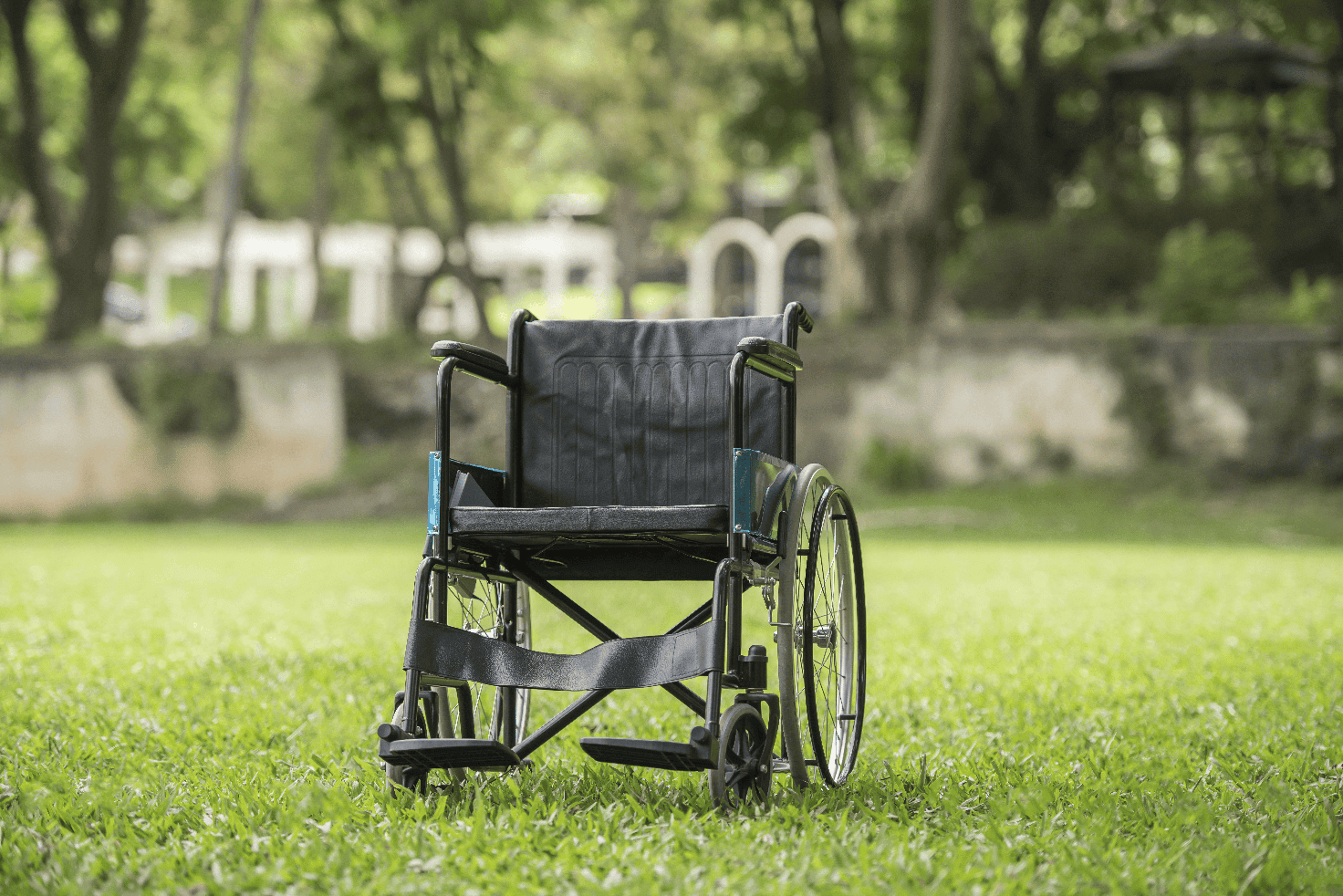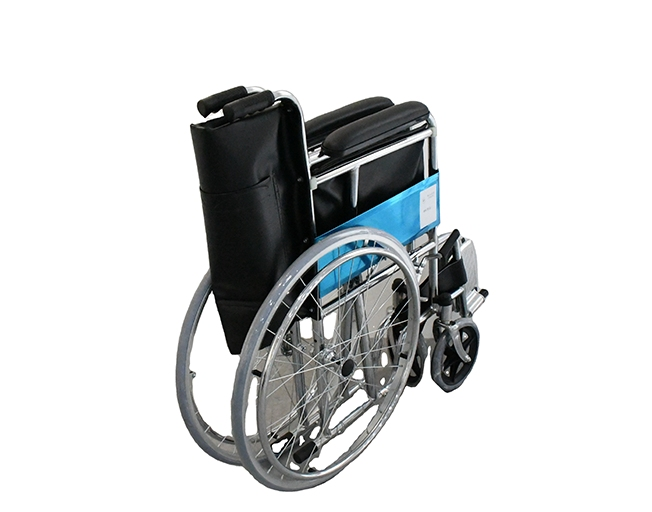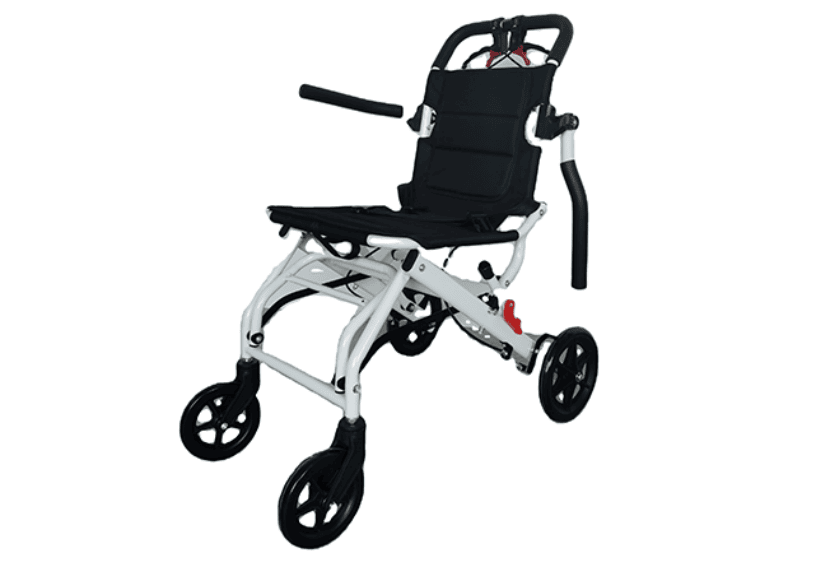Wheelchair Comfort: How Tire Selection Impacts Ride Quality and Ease
Time : Sep 24, 2025 View : 1,498
For people who use a wheelchair every day to get around, feeling comfortable and having a good ride are super important. Among all the parts that make a wheelchair work well, the tires are a big deal. They decide how smooth, steady, and easy the ride feels. Picking the best tire can make a huge difference in how happy the user is, cut down on tiredness, and help move better on all kinds of ground. In this piece, we’ll look into which wheelchair tire often gives the smoothest ride by checking out different kinds, their traits, and how they fit various needs.

The Importance of Tire Choice in Wheelchair Performance
The tires on a disabled chair aren’t just extra bits—they’re key to how well the chair works in everyday life.
Key Factors Influencing Ride Comfort
How comfy a ride feels depends on a few things. These include how well shocks are soaked up, how much shaking is reduced, how easy it is to roll, and how well the tire handles different surfaces. The stuff the tire is made of and, for air-filled ones, how much air is in them also affect how much bumpiness the user feels.
The Role of Terrain and Environment in Tire Effectiveness
Different places need different tire features. For instance, city sidewalks might need tires that slide nicely on flat areas. On the other hand, bumpy or rural ground asks for tires that can take shocks better and grip the surface well.
Balancing Maneuverability with Cushioning
One big challenge is finding the right mix of easy movement and soft padding. Softer tires feel nicer because they take in bumps. But they might make rolling harder. Harder tires roll more smoothly but pass on more shakes to the user.
Types of Wheelchair Tires and Their Characteristics
Knowing the good and bad sides of each tire kind is super helpful. It lets you pick the one that matches your moving-around needs the best.
Pneumatic (Air-Filled) Tires
Pneumatic tires have air inside them. They’re great at soaking up bumps because they can bend a bit.
Advantages for Shock Absorption
Many say these tires give the softest ride. They squish down over lumps and rough spots. This makes them awesome for outside use or on tough ground where feeling good matters a lot.
Maintenance Requirements and Considerations
But, these tires need regular care. They can lose air over time or get holes. Users have to check the air often to keep them working their best.
Solid Tires
Solid tires are built from rubber or other thick stuff. There’s no air inside them at all.
Durability and Low Maintenance Benefits
They’re really tough and don’t need much looking after. There’s no worry about flats or holes. This makes them perfect for inside use or places where you need something you can count on more than comfort.
Limitations in Ride Smoothness
The not-so-good part is they don’t handle bumps well. They pass shakes straight to the chair and the person using it. So, they’re not as cozy on rough spots.
Foam-Filled Tires
Foam-filled tires try to mix the best of air-filled and solid kinds together.
A Middle Ground Between Air and Solid Options
They’ve got a foam center that acts a bit like air tires by squishing some. But there’s no chance of getting a flat. They weigh more than air tires but feel softer than solid ones.
Performance Across Various Surfaces
These tires do okay on inside floors and outside paths. Yet, they might not be as good as air-filled ones at taking in shocks completely.
How Tire Width, Tread, and Material Affect Comfort
Besides just the type of tire, other design details also play a part in how well it works.
Impact of Tire Width on Stability and Vibration Absorption
Broader tires spread out the weight better on any ground. This helps keep things steady and cuts down on shakes. It really helps when moving over bumpy areas or slanted paths.
Tread Patterns for Indoor vs. Outdoor Use
Tires with flat treads are often better for inside. They slide nicely on tiles or wooden floors without marking them up. On the flip side, tires with deep grooves grab better outside. But they might make rolling tougher indoors.

Material Composition and Its Effect on Friction and Glide
PU (polyurethane) wheels are popular in today’s wheelchairs. They mix toughness with good use pretty well. The XY-D01L model has 7-inch PU wheels up front and 10-inch ones at the back. This setup gives nice control over grip while keeping movement easy on all sorts of ground.
Matching Tire Type to User Needs and Lifestyle
People using wheelchairs have different goals based on how they live. The tire choice should match those personal ways of life.
Active Users vs. Casual Users: Choosing the Right Setup
Those who are always out and about will like air-filled or foam-filled tires more. They’re better at handling shocks. But folks who mostly stay inside might go for solid tires since they’re easy to keep up.
Indoor Use, Urban Environments, and Rough Terrain Scenarios
For places like homes or offices with smooth floors, solid rubber tires are just fine. In city spots with mixed ground like sidewalks or ramps, foam-filled tires offer a good mix of softness and trust. For rough outside areas, air-filled tires are the way to go. They pad every jolt nicely.
The Influence of Wheel Size on Ride Quality
The size of the wheel changes how much effort it takes to move and how much shaking gets through the chair.
Rear Wheel Diameter and Energy Efficiency
Bigger back wheels make rolling easier over long trips. They cover more space with each turn. This means less work for someone pushing by hand or for motors in electric chairs. It’s a big help on long rides.
Caster Size and Its Role in Vibration Transfer
Small front wheels often have trouble with things like pebbles or cracks in the path. Bigger ones deal with those better but might be harder to turn inside. Some electric wheelchairs, like the XY-D02L, come with front and back shock-soaking honeycomb wheels. These cut down shakes a lot by using special designs and materials.
Enhancing Comfort Beyond the Tires
While picking the right wheelchair tires matters a ton for a good ride, other parts of the chair also help make things comfy during use.
Suspension Systems and Frame Design Integration
The XY-D08L model has a four-wheel shock system. It teams up with strong aluminum alloy frames to give a softer ride, even on lumpy paths. This shows how the chair’s build works with tires to make things better overall.
Proper Tire Pressure as a Key to Optimal Performance
Keeping the right air level is super important for air-filled tires. Too little air can slow you down. Too much cuts how well shocks are taken in. Checking often makes sure you get the best out of your setup without risking safety or wearing things out fast.
Xunyu Medical: A Trusted Supplier of Mobility Solutions
When you’re looking for dependable disabled chairs with the best tire setups for all kinds of needs, Xunyu Medical shines. Their fresh ideas focus on making users feel good.
Overview of Xunyu Medical’s Product Range
Xunyu Medical has electric wheelchairs made from stuff like aluminum alloy or carbon fiber. They come with cool features like frames that fold up with one click. This is great for travel and for folks who want both ease and good support in one package.
Commitment to Quality in Wheelchairs and Bath Chairs
From thick Oxford cloth seats that stop tiredness during long sits to honeycomb wheels that soak up shocks, every little thing shows their promise. They aim to make life better with smart moving aids built for real daily struggles.

Conclusion: Selecting the Right Tires for a Smoother Ride
Picking the best wheelchair tire isn’t only about what it’s made of. It’s about matching it to how you live. Do you want to explore outside a lot with air-filled tires? Or keep things simple inside with solid ones? Feeling good doesn’t mean giving up on what’s practical. It means choosing smartly with good info. Brands like Xunyu Medical make this easier with designs that put users first and bring new ideas to the table.
FAQs:
Q1: What type of wheelchair tire is best for outdoor use?
A: Pneumatic, or air-filled, tires are usually the top pick for outside. They’re awesome at taking in bumps on rough stuff like gravel or uneven paths. Since they can squish down, they make moving around smoother than solid tires, which pass on more shakes to the person.
Q2: Are solid tires better for long-term durability?
A: Yup, solid rubber tires are great for lasting a long time. They can’t get holes or go flat like air ones do. Plus, they don’t need much care over the years. This makes them perfect for people who want something reliable, especially indoors where bumps aren’t a big issue, but steady use needs strong parts like wheels.
Q3: Can I switch tire types on my existing wheelchair?
A: Often, you can. But it depends on your chair’s build, like the axle size and space around the wheel spots. It’s smart to look at your maker’s rules before changing from, say, solid to foam-filled tires. This is extra important if the new tires are a lot different in size or tread, as it might mess with balance or steadiness while using it.


